Hundred years old ancient well
Xuan Giai (Vinh Tien commune, Vinh Loc district) is an ancient village associated with the formation and rise and fall of Tay Do citadel (another name for Ho Dynasty Citadel) with more than six hundred years of history, still preserving the elements that make up the typical cultural features of Vietnamese villages, but also containing the unique features of a land that was once the capital of the country.
The ancient well of Xuan Giai village is located in the center of the village, on the east side of the communal house, 300m southeast of the Ho Dynasty Citadel. The well is circular, the mouth of the well is 2.4m, the wall is 1.1m high, the well is 5-6m deep. The wells are arranged in a square shape, alternating. The veins are screwed with adhesive. The well wall is built with cardboard bricks similar to the type of bricks discovered during excavations at the Ho Dynasty Citadel, the Nam Giao altar relic. This type of brick has a large size, on average 50cm x 25cm x 9cm, and an average weight of 15-20 kg.
Because it is made from carefully processed clay and fired at high temperatures, after hundreds of bricks, it still retains its bright pink color, without being deformed or disintegrated. Notably, on the edges of many bricks, there are many Han-Nom characters printed/engraved with the names of the places where the bricks were produced. Currently, the Ho Dynasty Citadel Heritage Conservation Center has discovered and researched 5 imprints/engraved with the names of administrative places such as: Dai An Quy (commune), Nhue Hoa, An (Yen) Lam commune, Co Doi commune, Co Loi district, Tran Xa commune (now Tho Xuan district).
Cover bricks are imprinted with administrative place names on the horizontal or vertical edges; the marks are imprinted into the bricks with raised or sunken letters running vertically from top to bottom. The material is fine clay mixed with many large and small laterite particles, the clay is made quite smooth, leaving no traces of scissors cutting the clay; high firing temperature, very hard, solid and heavy, brick red or light gray in color.
The elders in the village said that the well had existed for a very long time and no one knew exactly when. But the well was certainly hundreds of years old, because the elders who are now over 90 years old still said that the well had existed since before their fathers and grandfathers. In 1945-1946, the Xuan Giai village guerrilla team, which had just been established at that time, worked with the villagers to renovate the well on the basis of the old well. When digging to the bottom, the water gushed out, and the whole village had to mobilize to draw water, but the well did not run out of water.
Xuan Giai village well is famous for its cool, clear and sweet water, especially used for making tea, brewing tea and making delicious wine, which is loved by the people of the whole region. The old people in the village still call the village well water “treating foreigners”, meaning that for visitors or people from other places who come to settle, the village’s daughters-in-law and sons-in-law when using the well water will always be healthy, their skin will become rosy and beautiful.
In recent years, there has been a custom of burning incense sticks on the well at New Year's Eve, asking to carry a load or bucket of water home for good luck in the new year, with the hope of praying for peace, health and good crops for the family. Currently, the well is no longer used by the villagers, the items of the well are all damaged, degraded, with many large cracks on the well wall. The brick yard is peeling and sinking. Wild plants grow well in the well, taking deep roots into the cracks of the bricks, and moss covers the surface.
According to Dr. Do Quang Trong - Director of the Center for Conservation of the Ho Dynasty Citadel Heritage, the exact date related to the birth of the ancient well of Xuan Giai village requires a process of research and investigation of documents. However, it can be affirmed that the research and conservation of the ancient well hundreds of years old at the World Heritage of the Ho Dynasty Citadel is a document that affirms and contributes significantly to the research and conservation of ancient villages at the Heritage according to UNESCO's recommendations (for Xuan Giai village, Tay Giai, Vinh Tien commune and Dong Mon, Vinh Long commune), contributing significantly to the research, conservation and promotion of the value of the World Cultural Heritage of the Ho Dynasty Citadel.
The old house and the fig tree
The ancient house is located on a spacious plot of land, in the center of Xuan Giai village, Vinh Tien commune, about 400m south of Ho Dynasty Citadel.
The house was built by Mr. De, a district official under the Nguyen Dynasty, in the 7th year of King Thanh Thai's reign (1895). The current owner of the house is Mr. Tran Tuan Dat, the 4th generation. The house is considered one of the works with many values in terms of architectural art and cultural history.
Architecturally, this is a house designed in the shape of the letter "nhất" (-) with 5 compartments, closed gable walls (3 outer compartments and 2 rooms on both sides), area of 100 m2. The house frame (rafters) is made of wood, connected in the style of overlapping beams and rafters. The horizontal beams and rafters are made of bamboo. The porch rafters are elaborately carved. The wooden doors are shaped like butterfly wings, the floor is paved with octagonal bricks, the steps are made of green stone, the roof is covered with tile and the upper part is covered with scale tiles. The main and secondary columns are placed on low stone bases.
The decorative motifs in the house are presented very delicately and contain many meanings, demonstrating the ingenuity and talent of the artisans of the Nguyen Dynasty. The decorative theme is inspired by nature, with the four noble trees of pine, bamboo, chrysanthemum and apricot as the main theme. The seven-line carving of chrysanthemums has the direction of transforming into dragons in the house. Regarding the materials used to build this house, Mr. Dat said that the house is constructed from many different types of wood and is available locally such as lim, jackfruit, xoan, etc.
Previously, the house had many horizontal lacquered boards, parallel sentences, royal decrees, etc. Through time and the ups and downs of history, now only a few Chinese characters written on flower skewers remain. What is special is that the entire wall of the house is built with cardboard bricks, measuring 47 x 24 x 9 cm, similar to the bricks excavated at the Ho Dynasty Citadel, many of which have Chinese characters imprinted/engraved with the names of places and some names that have not yet been determined.
Different from traditional concept, when building a house, people often prefer the South direction in the "four main directions" East - West - South - North. But for this house, when building, they chose the East direction. Explaining this, Mr. Dat said, "When building a house, our ancestors considered very carefully, the East direction is the direction of the rising sun, with sunlight that will dispel the darkness, all things can grow and develop, so it symbolizes survival, hope, potential, prosperity, progress and ideals". In front of the house is a spacious yard, airy space, in the past there were many ponds in front which were very good places to gather energy for the house.
The house was the place where many events took place, not only meaningful to the village, but also to the homeland and the nation. Before 1945, on important occasions, such as when someone in the family passed an exam, reached the age of old age or celebrated the position of village chief, the family held a ceremony to celebrate, inviting dignitaries and villagers to attend. During the ceremony, the homeowner invited the Cheo and Boi troupes to sing and entertain, and organized games of cards, cards, etc., and sometimes ate and drank for two or three days in a row. After 1954, the house became a place to live and shelter many generations of cadres and soldiers from the South who had gathered in the North. During the resistance war against the US, the house was both a place for soldiers to live and a warehouse for ammunition and weapons and a place to hide transport vehicles to support the battlefields in the South.
Currently, in Xuan Giai village, in addition to Mr. Dat's family house, there are a number of other houses, hundreds of years old, with high architectural value, but because they do not ensure the design, they have not been recognized by the State.
Like many other ancient houses in the village, the ancient house of Mr. Tran Tuan Dat's family is currently in disrepair, many items such as walls, wooden columns, and rafters are damaged due to many objective and subjective reasons. Therefore, preserving the original state of the house is an urgent matter. To do this, it is necessary to have the cooperation and contribution of all levels, sectors and the whole society to preserve, maintain and promote the heritage left by our ancestors.
A new good news for the Ho Dynasty Citadel heritage is that recently, on February 12, 2015, the Vietnam Association for Conservation of Nature and Environment (VACNE) issued an official document announcing that two ancient fig trees in Xuan Giai village, Vinh Tien commune, Vinh Loc district, Thanh Hoa province have been recognized as Vietnam Heritage Trees. These are two fig trees over 600 years old (said to have been from the Tran - Ho Dynasty) planted in the grounds of the ancient pagoda in the past, located 30m from the southern moat of the Ho Dynasty Citadel. The trees have a circumference of over 10m and a height of over 20m.
The two Heritage trees are located in the center of Xuan Giai village, Vinh Tien commune - an ancient village closely associated with the formation and fall of the Ho Dynasty and Ho Citadel in the history of the nation. This is also the remaining vestige of a religious structure that played an important role in serving the spiritual life of the people of Tay Do for many centuries.
During the resistance war against the US, this used to be a resting place and shelter for vehicles and artillery of the army on the way to the battlefield in the South. It was a place to shelter the villagers from the bombs and bullets of the US invaders plowing across their homeland. It can be said that the ancient trees in Xuan Giai village being recognized as heritage trees of Vietnam will enhance its inherent historical value, thereby arousing the pride of the local people, so that people have a sense of responsibility in protecting and preserving the nature and environment of their homeland, protecting our own lives.
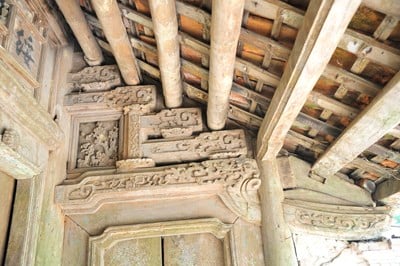 |
Old house details
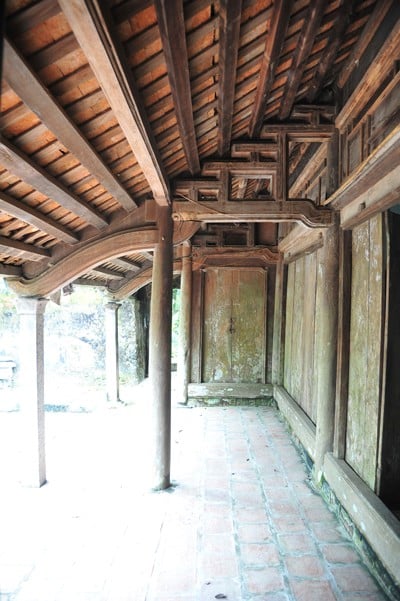 |
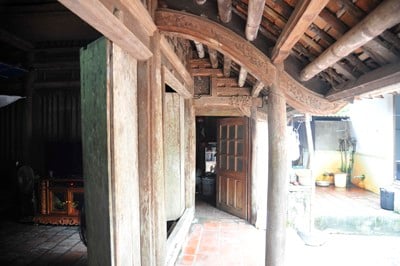 |
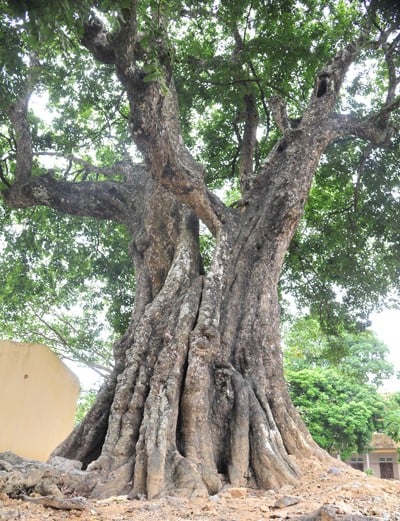 |
Star apple tree
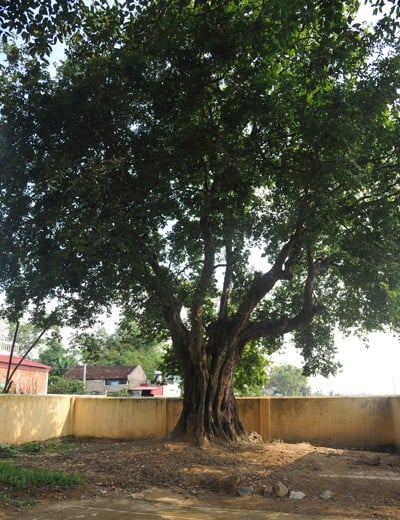 |
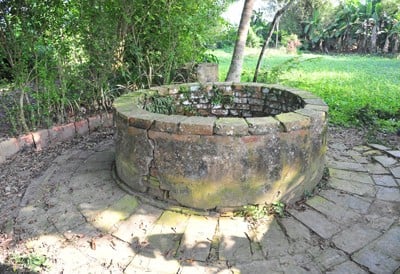 |
Ancient well
Source: https://tienphong.vn/nhung-di-tich-co-ben-di-san-thanh-nha-ho-post768440.tpo














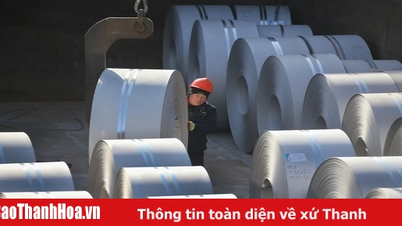








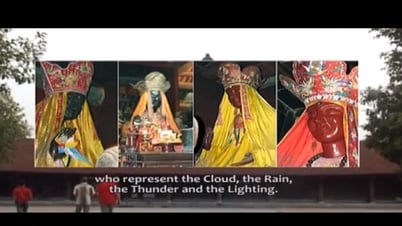




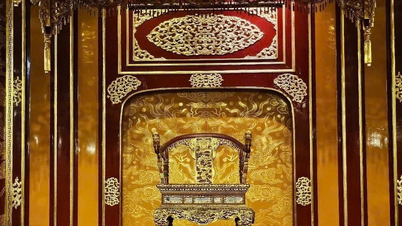

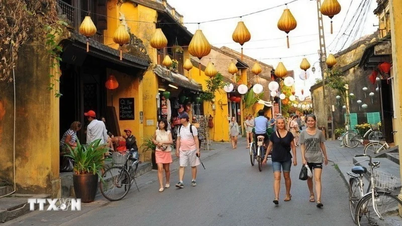
































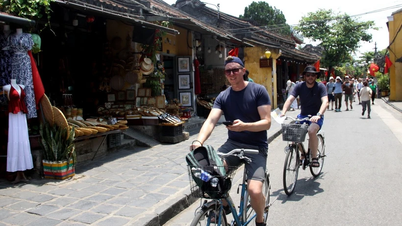

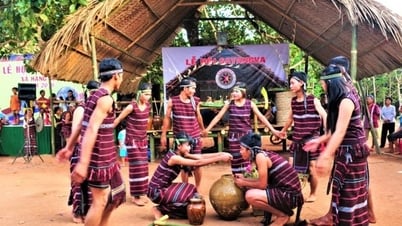



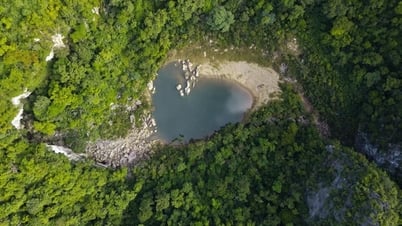

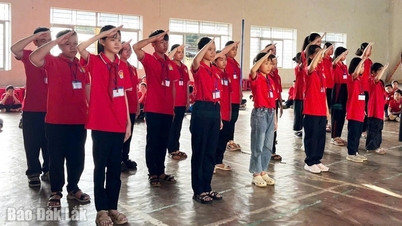

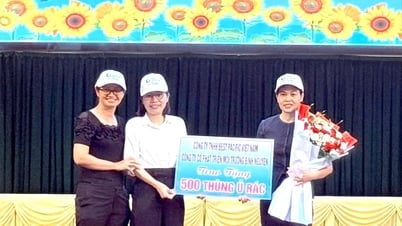














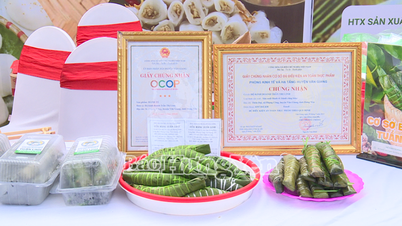





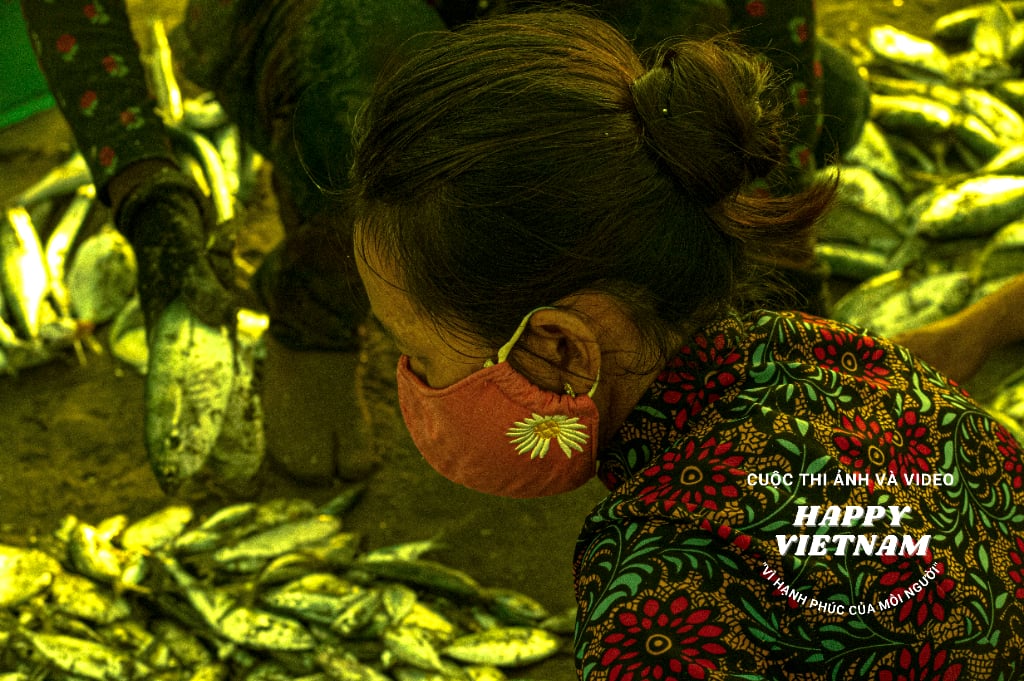

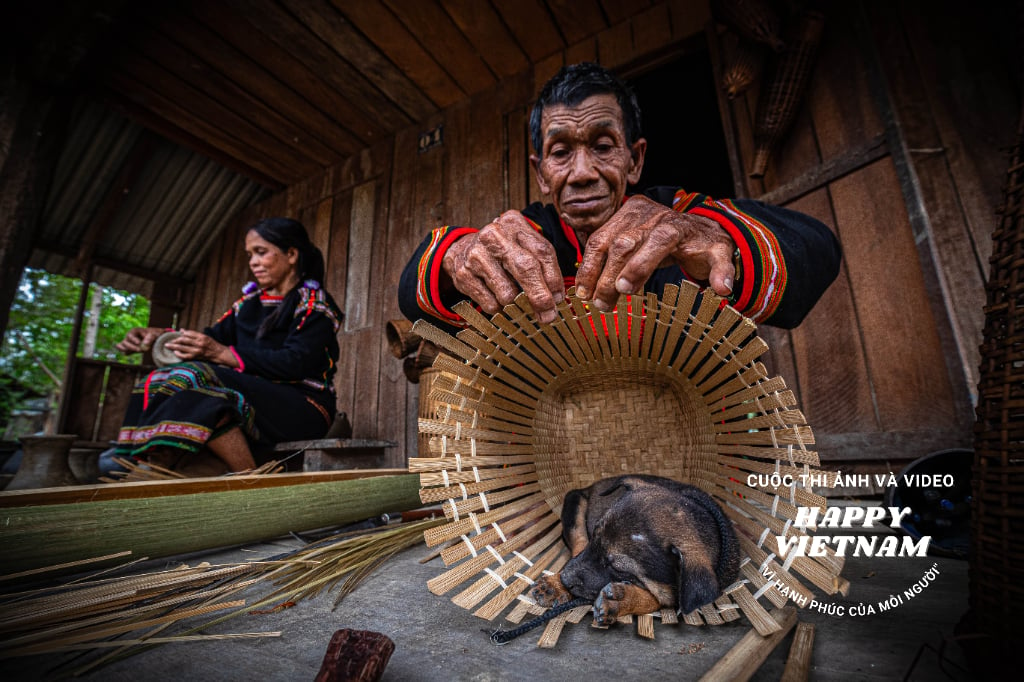
Comment (0)